When I decided to use cloth diapers, I didn’t expect it to be difficult. I thought it would be as simple as buying them and using them. Then I started researching cloth diapers and discovered that there are so many options available that it’s actually not easy at all. Even if you figure out what system you want to use, then you have to decide what brand, and which absorbent fabric you prefer. You have to wade through reviews, and blogs to decipher which one is best for your family. Cloth diapers have evolved since Grandma used them.
I think a great starting point is simply understanding the systems available and how they are used. I’m going to explain six types of diapering systems available: All-In-Ones, All-In-Twos, fitteds, pockets, prefolds and flats.
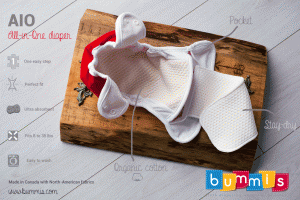
All-In-Ones (or AIO) are a one step diaper. All of the pieces are attached to the diaper, there is no stuffing, folding or prepping. There is a waterproof outer layer with absorbent layers attached on the inside. This is the most similar to a disposable and great for ease of use. Because they are all in one piece they do take longer to dry after washing, but I think that’s a small price to pay.
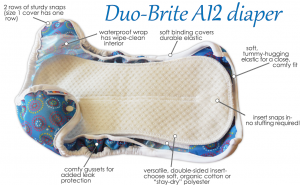
All-In-Twos (or AI2) diapers are systems that involve two pieces, a cover and an absorbent insert. Most common is a cover and insert that snap together. If the insert is wet it can easily be snapped out and replaced with another insert while re-using the same cover. If the cover is dirty, then both cover and insert go into the wash. This can be a more cost effective way to diaper since you can reuse the cover multiple times in one day.
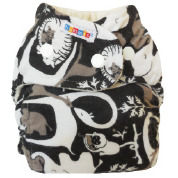
Fitteds are a full diaper made of absorbent material. I would describe it like an AIO- no stuffing, folding or prepping. But because it has no waterproof layer on the outside, you need to use a cover overtop of the fitted diaper. This is often recommended as a great diaper for nighttime because there is so much absorbent material to keep baby dry.
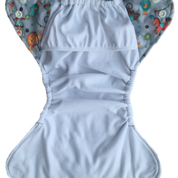
Pocket diapers use a cover that has a stay dry fabric on the inside and waterproof fabric on the outside. There is an opening on the inside (or a pocket) to stuff an insert between the outside and inside fabric. This is a simple system, but does require more work because of “stuffing”.
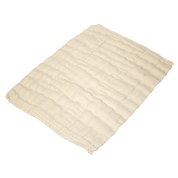
Prefolds are a rectangle of layered fabric, with extra fabric down the centre to increase absorbency. They can be folded into thirds to make a “pad-fold” and used as an insert, or you can lay them in a cover. You can also fold them into a diaper and secure around baby. Although some people still use pins to secure prefolds, there is a product called a Snappi that does the same work, but with no fear of picking yourself or baby. Prefolds need a cover over top to contain the wetness.
Flats are one layer of material that need to be folded to create layers of absorbency. You can use them as an insert or folded to make a diaper, just like the prefold. They also need a waterproof cover over top. Because they are only one layer, they dry super fast even when you hang dry. This is the most economic form of cloth diapering.
You definitely have options when it comes to diapering systems, and that can seem overwhelming. I hope this helped answer some of your questions. If not, feel free to send me an email at shop@thediapershop.ca and we can chat some more.
If you are already using cloth, which system do you use? Do you prefer one over the other? Or like me, do you use a variety of systems?
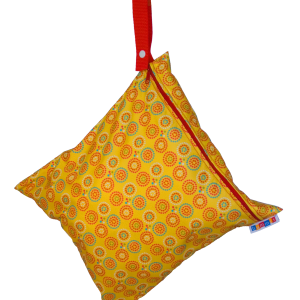
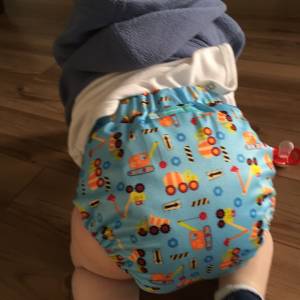
Share This Article
Choose Your Platform: Facebook Twitter Google Plus Linkedin